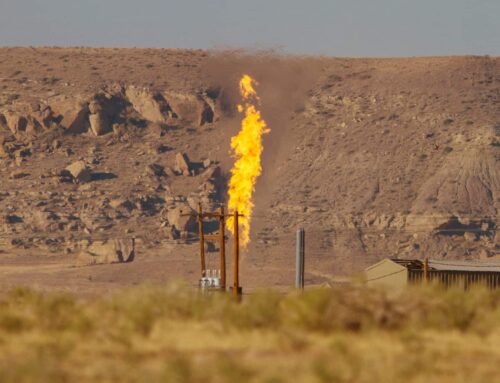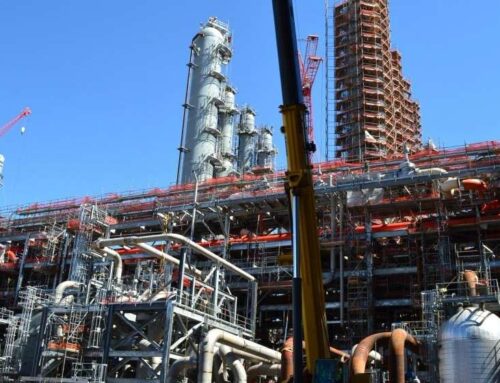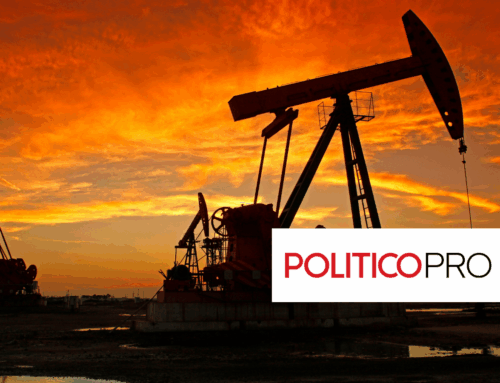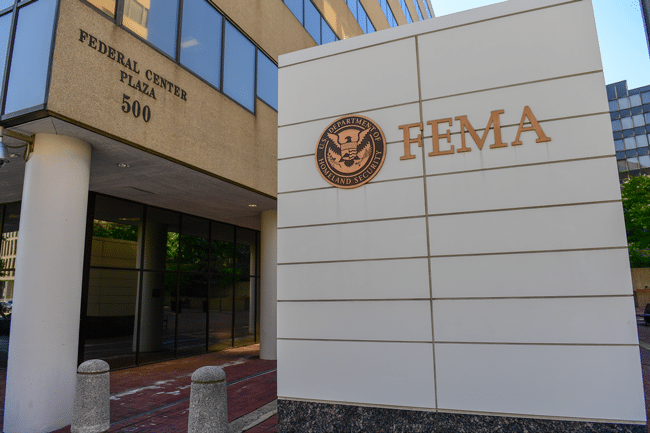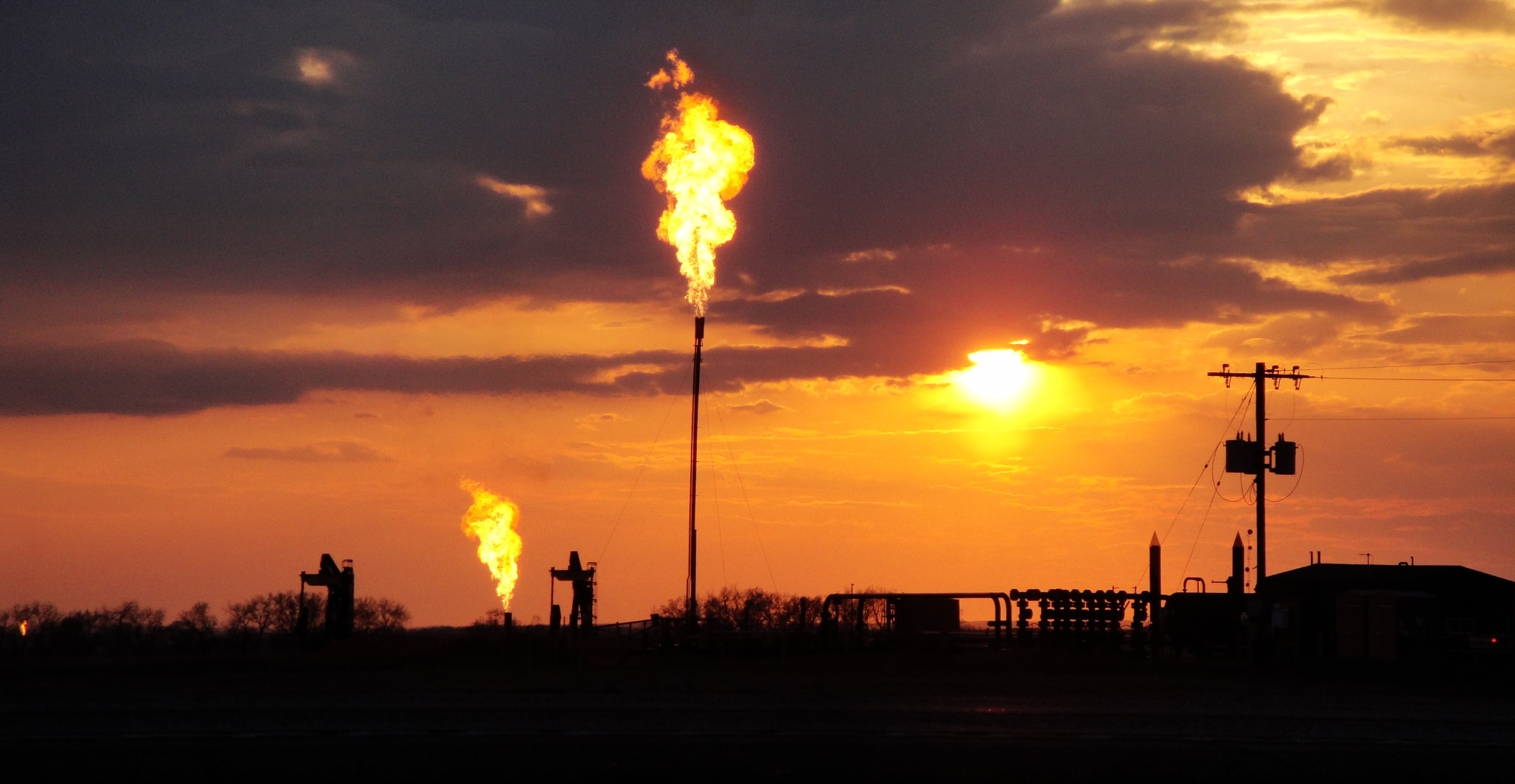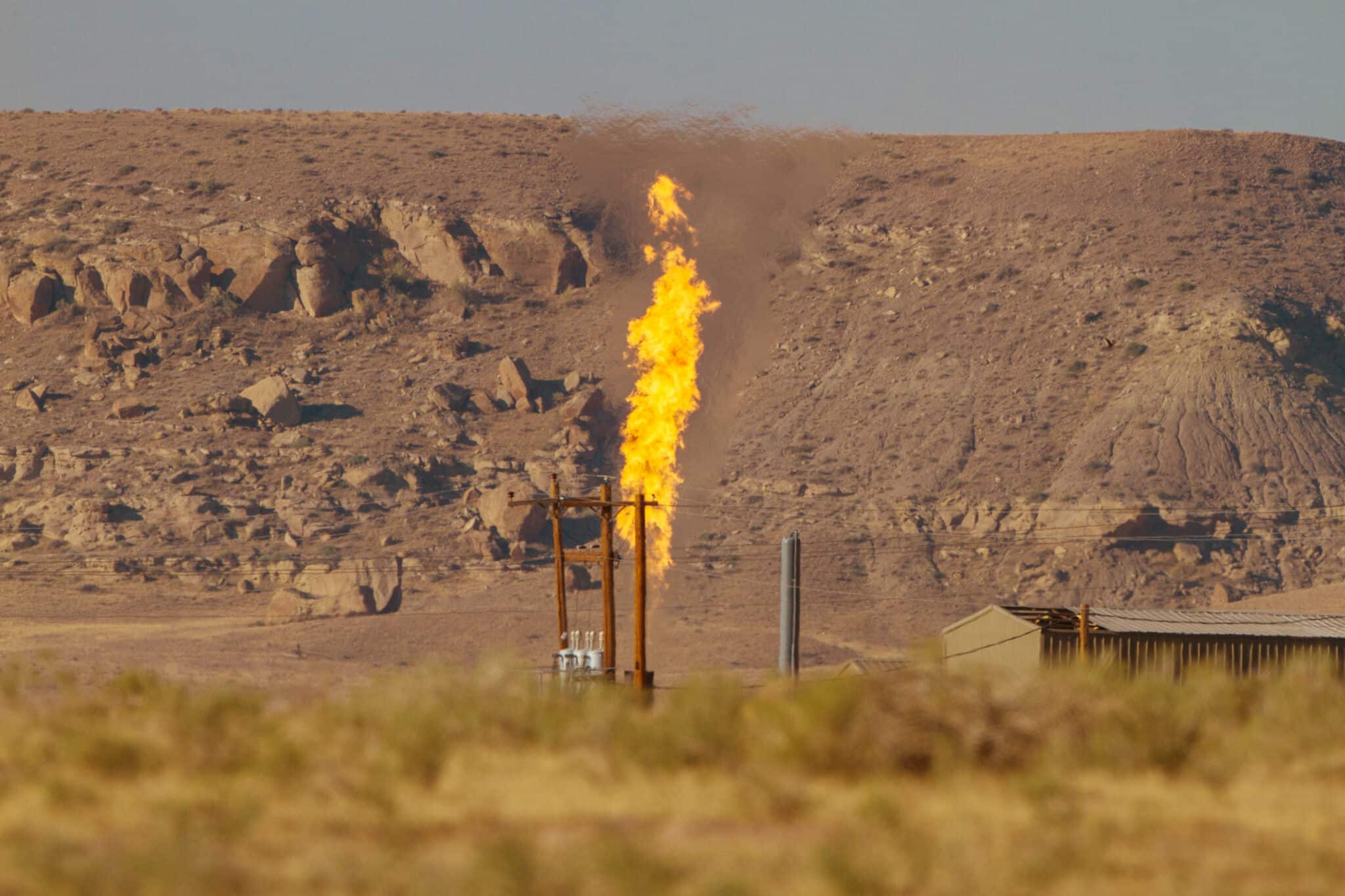The United States is producing and exporting energy at record levels. Crude oil and natural gas production hit record highs last year. And in the last decade, the U.S. has gone from an energy importer to a leading energy exporter.
Robust domestic energy development is good for consumers and the economy. But as policymakers continue to push for higher and higher levels of production—particularly on federal lands—we must ensure taxpayers are getting a fair deal.
America has abundant reserves of energy resources. Over the last decade, the Office of Natural Resources Revenue reported collecting $108 billion in revenue from natural resource development on federal lands and waters: $94.2 billion from oil and gas, $5.8 billion from coal leasing, $5.8 billion from offshore wind, and $177 million from geothermal. This revenue is evenly split between the federal treasury and states where it is produced—funding education, infrastructure, and other local initiatives.
As a major driver of federal receipts, the onshore oil and gas leasing program is ripe with opportunities to raise more money for taxpayers without sacrificing high production. Modernizing policies, closing loopholes, and strengthening oversight can better ensure taxpayers get a fair return from the development of our energy resources.
And that’s exactly what we told the House Natural Resources Subcommittee on Oversight and Investigations on Tuesday, when TCS Vice President Autumn Hanna was invited to testify on “Exploring the Economic Potential of the Golden Age of American Energy Dominance.” With the backdrop of the administration’s call for expanded production on public lands, TCS testified on the need to ensure federal resources are managed responsibly, taxpayer dollars are spent wisely, and today’s decisions don’t create costly liabilities for future generations—our organization’s mission for three decades now.
There are practical, conservative measures policymakers can take to ensure oil and gas development delivers lasting value for Americans—some of which were put in place in 2022, when Congress and the Department of the Interior raised royalty rates from 12.5 percent to 16.67 percent, closed the noncompetitive leasing loophole, and strengthened bonding so companies, not taxpayers, pay for cleanup.
These safeguards did not deter industry interest. In fact, federal lease sales became more competitive, with higher participation and stronger bids. Last year, the Department of the Interior tripled the percentage of acres it leased at competitive auction and quintupled the average winning bid over the last decade.
Unfortunately for taxpayers, many of these gains were repealed this year. Congress reduced royalty rates to outdated levels, reopened the door to noncompetitive leasing, and brought back other money-losing policies. Each of these changes shifts costs back to taxpayers.
Royalty rates—a set percentage of the value of oil and gas paid to taxpayers—have little influence on when and where companies drill, but a major impact on how much revenue taxpayers receive. Oil and gas royalties account for roughly 85 percent of all revenue from onshore resource development. So, cutting the royalty rate from 16.67 percent to 12.5 percent will take billions of dollars away from taxpayers and put it in the pockets of Big Oil. TCS estimates that the lower royalty rate could cost taxpayers $1.5 billion every year. That’s billion with a “B”.
Noncompetitive leasing—where parcels that receive no bids at auction can be picked up the next day for a small filing fee—also costs taxpayers. Noncompetitive leases generate less money, are less likely to enter production, and block federal lands from other uses like recreation, conservation, and even other mineral development. That’s a lose-lose-lose situation.
Protecting the value of our publicly-owned resources comes from charging market-based rates and encouraging competition, not maximizing the volume of federal lands leased.
We also need to protect the future value of our resources. When companies are done drilling on public lands, they are supposed to clean up before they leave. But for decades, federal bonding requirements—how much money companies need to set aside for reclamation before they begin drilling—were far too low, letting companies walk away and leave taxpayers paying for leaky, orphan wells. Fortunately for taxpayers, these rates were recently raised, ensuring the benefits of current production are not undone by future liabilities. Any attempts to undo these recent increases would undermine taxpayers once again.
Energy dominance also means not wasting our valuable resources—like when methane is leaked, vented, and flared during oil and gas production instead of being collected and brought to market. On federal lands, flared methane is a taxpayer-owned resource literally going up in smoke. Much of this wasted gas can be captured cost-effectively and brought to market. But without accountability, many producers focus on fast oil production at the expense of gas capture—leaving taxpayers, consumers, and communities to bear the consequences.
We think everyone agrees the country needs smart, strategic energy development. At the center of that is making sure America’s natural resources aren’t wasted or given away for fire-sale prices. That principle has guided TCS for 30 years: safeguarding taxpayer-owned resources through responsible stewardship and sound budgeting, so the public gets lasting value from what we all own.
- Photo by Patrick Hendry on Unsplash



